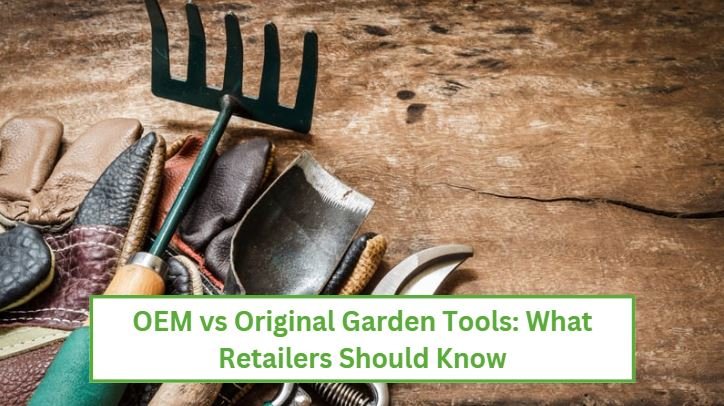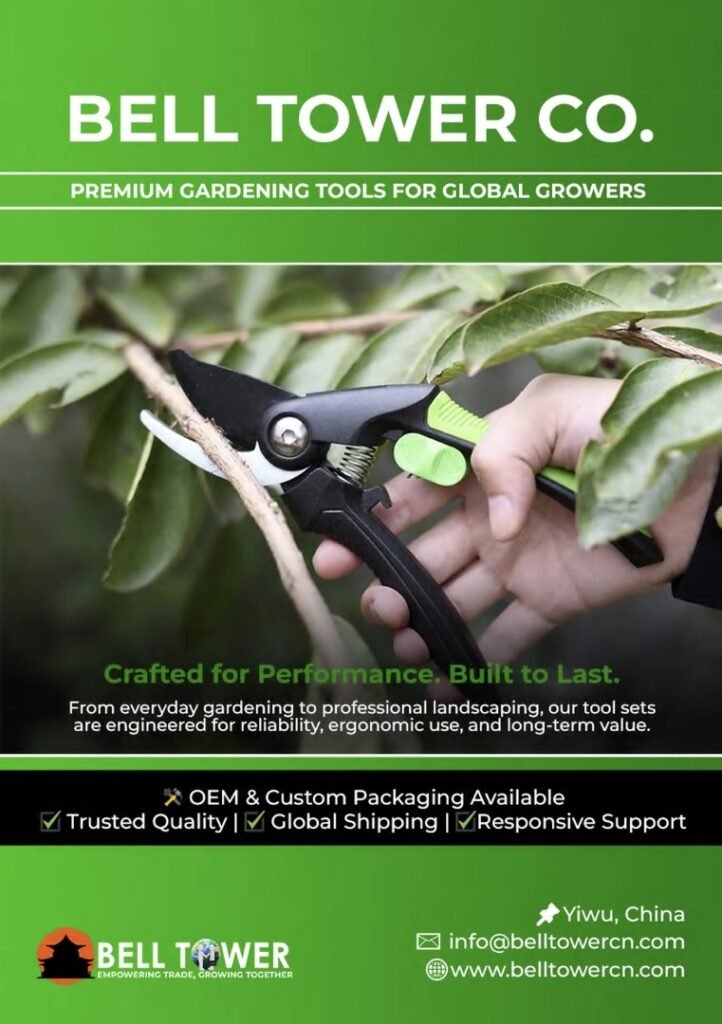If you’re a landscaper, a professional gardener, or just taking care of your lawn, you’re know this:.
If a lawn looks tired, water pools on top instead of soaking in, the grass is thin, and the soil feels like concrete, it’s time for aeration.
Aeration is a simple yet powerful way of breathing new life into a struggling soil. But once you decide it’s time to aerate, you’re faced with a critical choice: Do you use a spike aerator or a plug aerator?
This post will walk you through the pros and cons of both, so you can decide which type of aerator is right for your needs.
Let’s dive in.
Why Your Lawn Needs Aeration
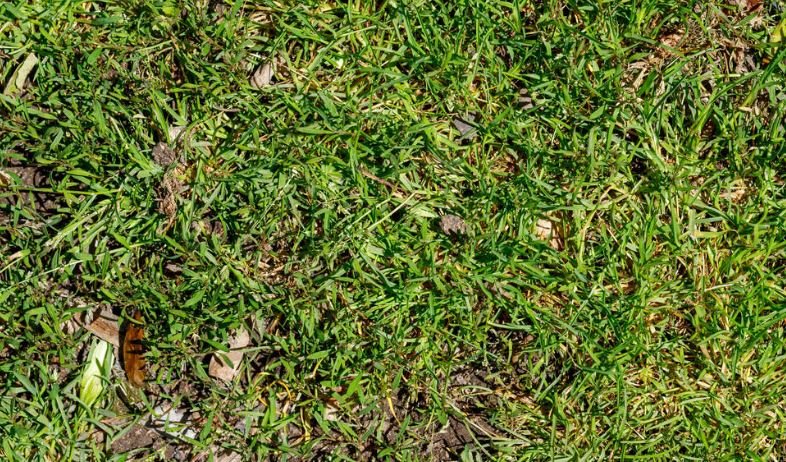
Before we compare the two main aeration tools, it’s important to think why you need aeration in the first place.
Over time, as your lawn gets compact, the soil doesn’t absorb enough water, air, and nutrients, which means less healthier growth.
The reason for this compaction can be:
- Heavy foot traffic
- A recent use of machinery
- Consistent rain
Think of your soil as a sponge; the more you push it down, the denser it gets, making it hard for nutrients to reach the grass roots.
Aeration, whether you use a spike aerator or a plug aerator, allows your soil to breathe by:
- Improving water and nutrient absorption
- Encouraging stronger root growth
- Boosting oxygen flow
- Helping break down the thatch
How Spike Aeration Works
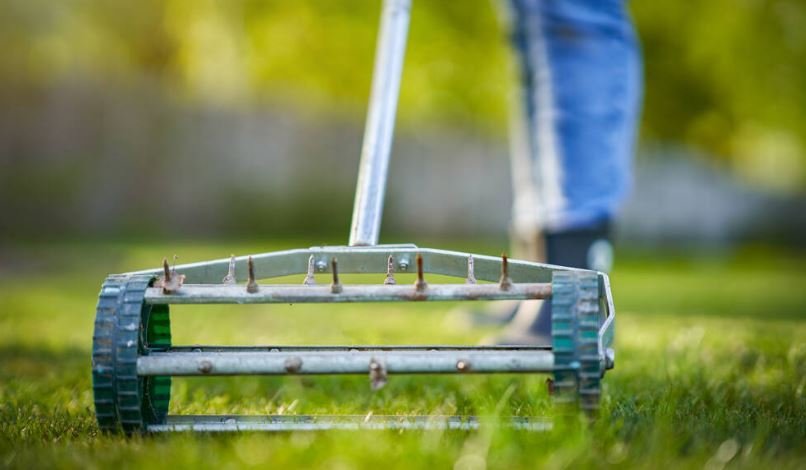
A spike aerator is the simpler of the two; it’s like a fork with solid tines or spikes that punch small holes into the soil.
You can find them in mainly two variations:
- A manual tool that looks like a pitchfork with hollow tines
- A rolling device that you push or pull behind a tractor
The tool creates small holes, creating space for water, nutrients, and air to reach the grass roots.
Pros of Spike Aeration
Here are some reasons to prefer spike aerators over their plug counterparts:
More affordable: Spike aerators are generally cheaper than plug aerators, whether you buy or rent them. Manual ones are even more affordable.
Easier to use: They’re easier to use than plug aerators. There’s no heavy machinery and you won’t have to worry about cleaning up soil cores afterward.
Perfect for Light Maintenance: If your soil is lightly compacted, and you want to do routine yearly or half-yearly maintenance, spike aerators can do the job well.
Cons of Spike Aeration
Ineffective on Heavy Compaction: Spike aerators don’t work on heavily-compacted soils. In fact, by pushing soil to the side, they can actually increase compaction over time. This is especially the case with clay-heavy soils.
Small, Limited Holes: The holes a spike aerator creates are smaller and less effective at getting nutrients and water deep into the roots.
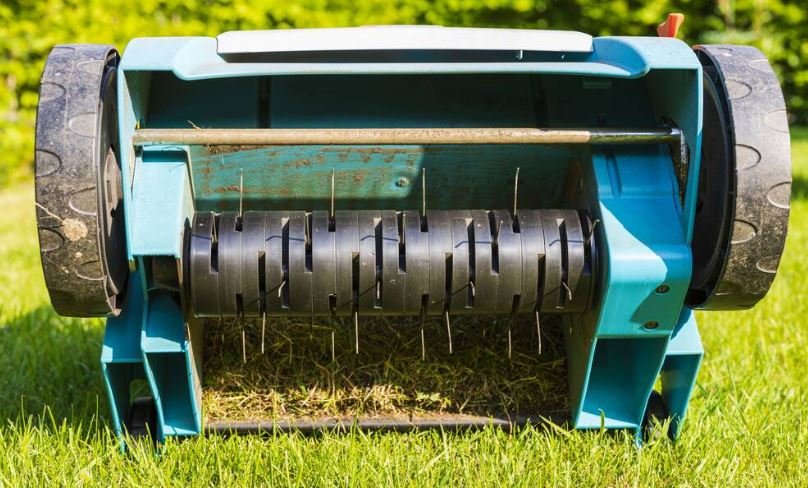
Can damage roots: The solid spikes can sever some roots and stress the lawn.
Verdict
A spike aerator is ideal for light, annual maintenance of lightly compacted soil. It’s a budget-friendly and easier option, but it isn’t the solution for a truly struggling soil.
A Must-Read E-book for Every Gardener: Discover time-saving gardening equipment, maintenance tips, and much more!
How Plug Aeration Works
A plug aerator is the heavy-duty option. Instead of punching small holes in the soil, it uses hollow tines to pull out cylindrical cores or plugs of soil.
It comes in different forms; self-propelled, tow-behind units, and manual models. A plug aerator leaves finger-sized plugs of dirt and grass on your lawn.
Pros of Plug Aeration
Unmatched Effectiveness: Plug aeration is the best way to treat compacted soil. The method creates an open channel for air, water, and nutrients to get deep into the soil.
Deeper Roots: Plug aeration creates larger holes, which encourages deeper grass roots. Your lawn becomes more resilient and healthy.
Soil Improvement opportunity: Open holes give you an opportunity to apply topdressing to improve soil structure.
Cons of Plug Aeration
Costly: Plug aeration tends to be costlier than spike aeration. It’s a major factor for homeowners, but may not be a big one for wholesalers who want to resell the equipment.
Messy and labor-intensive: Plug aerators leave a lot of soil plugs on the lawn, making it look messy for a week or two. While you should leave them on the ground and let them break down naturally, some people don’t like the look. Plus, plug aerators can be heavy and more laborious.
The Verdict
A plug aerator is an ideal choice for heavily-compacted soil, clay-heavy yards, and lawns with a high foot traffic. It’s more suitable for gardens that need a complete overhaul rather than light maintenance.
Spike Vs. Plug Aerator: Side-by-Side Comparison
Comparison Table:
| Feature | Spike Aerator | Plug Aerator |
| Effectiveness | Low to moderate. Pushes soil to the side. | High. Removes soil, creating open channels. |
| Cost | Low (easy to buy manual tools). | High (often requires renting a machine). |
| Effort | Low to moderate. Quicker and less messy. | Moderate to high. Requires more work and leaves cores. |
| Best for… | Lightly compacted lawns, annual maintenance. | Heavily compacted lawns, clay soil, high-traffic areas. |
| Soil Impact | Can worsen compaction over time. | Relieves compaction and improves soil structure. |
| Tools | Spike shoes, manual rollers, tow-behind rollers. | Manual core tools, walk-behind machines, tow-behind machines. |
Spike Vs. Plug Aerator: FAQs
Let’s address some common questions regarding spike vs. plug aerators.
What’s Better, a Plug Aerator or a Spike Aerator?
It depends on a lawn’s needs. Spike aerators make small holes, pushing the soil to the side, allowing air, water, and nutrients to reach the roots. A plug aerator pulls out compacted soil, paving the way for deeper, healthier growth.
Is a Spike Aerator Effective?
A spike aerator is only effective for light, routine maintenance on lawns with minimal compaction. It can do more harm than good on a highly compacted soil.
When Should You Use a Plug Aerator?
Plug aeration is ideal for complete lawn renovation and promoting deep, healthy root growth. Use it on heavily-compacted soil or clay-based lawns.
What are the Benefits of a Plug Aerator?
A plug aerator allows water, air, and nutrients to access the grass roots, helping your lawn grow thicker, denser, and deeper grass. It makes your lawn more resilient and healthy.
Conclusion
The bottom line is that the goal of both types of aerators is the same: Allowing more water, air, and nutrients in and promoting healthier growth.
Use a spike aerator for regular (Yearly or bi-yearly) maintenance work. It’s more affordable and easy to use, but it’s not always the right option.
Use a plug aerator if your garden is heavily-compacted or gets heavy foot traffic. It’s more expensive and labor-intensive, but breathes new life into the soil.

